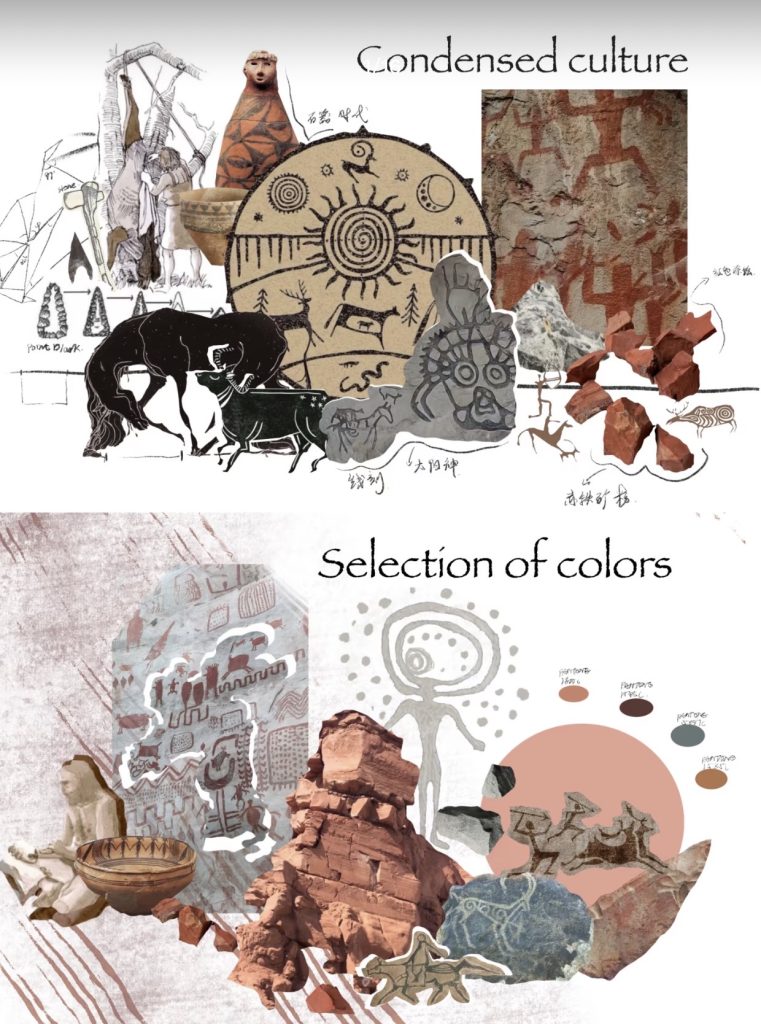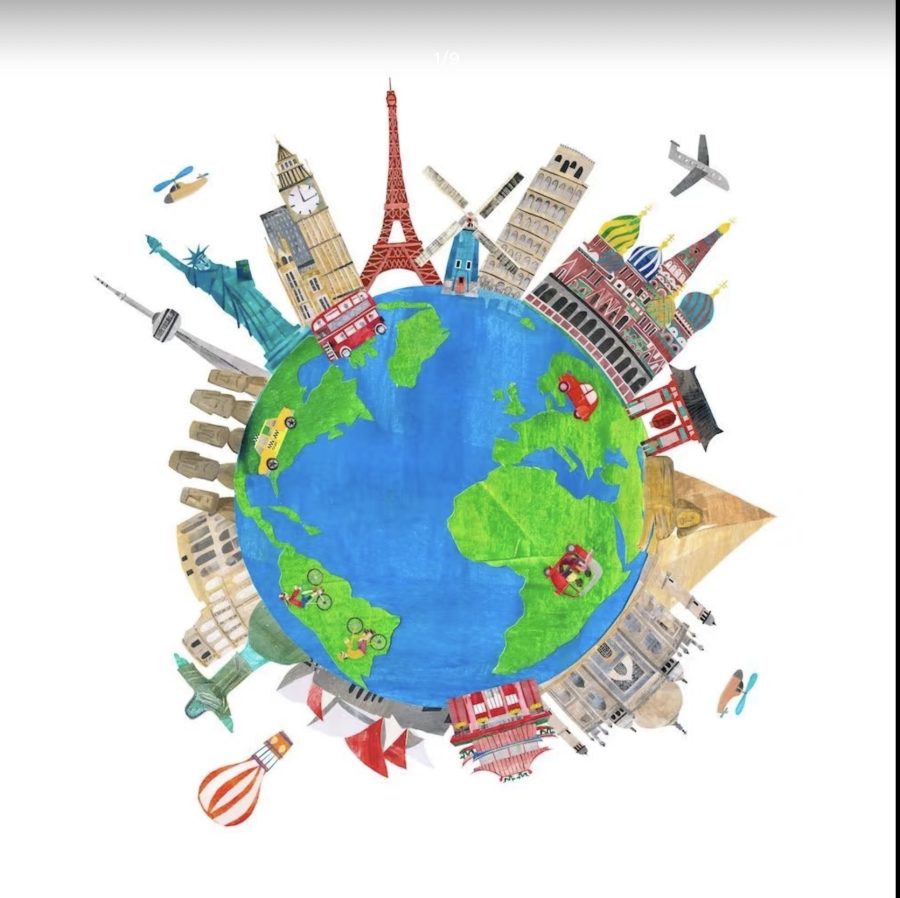Overview:
Cultural industry is very important in today’s world. It includes many things like movies, music, books, and even online videos. I think it does two big good things for people and countries.
The Frankfurt School concept, first proposed by Adorno and Horkheimer in Dialectic of Enlightenment (1948), is used to criticize the commercialization and standardization of mass culture in capitalist society.

It has three features:
- Culture is closely related to market, commodities, and exchange. The exchange principle of capitalist society has transformed culture into mass production industry. Culture no longer possesses the attributes of spiritual products nor represents human spiritual creative activities.
- The production and consumption of cultural industry are standardized. Through idolizing standards and stylizing formats, the cultural industry creates false styles and pseudo-individualism. The freedom of individual aesthetic taste is merely superficial and manipulated.
- The cultural industry serves as a comprehensive defender of the capitalist industrial social system. It provides a false sense of easily attainable happiness, in which the masses increasingly immerse themselves, losing their critical consciousness for questioning, reflection, and criticism, as well as their perception of the beauty of freedom and creation.
The biggest feature of the cultural industry is making things just for people to buy. To make production as efficient as possible, different types of culture all become very similar.
In modern capitalist society, the cultural industry turns all art works into products. It cares more about how much these works can be sold for, not their real value. Also, it makes people treat their relationships like products.
About the influence on our lives
First, it makes people happy and helps them know more. For example, when we watch a foreign movie, we can learn about other countries’ lives and ideas. At the same time, our own cultural products, like local music, can let us feel proud of our home. This connects people from different places, even if they are far away. Take China’s Douyin (TikTok overseas) as an example. It lets Chinese creators share local life—such as making dumplings during the Spring Festival or showing traditional paper-cutting skills—and spreads these Chinese cultural elements to over 150 countries. By 2024, it had over 1 billion global monthly active users, connecting people worldwide through Chinese culture. On the other hand, Disney’s animated film Frozen from America was loved around the globe, letting audiences learn about American-style storytelling and values.
Second, it helps the economy. Many people work in cultural industry—like singers, movie makers, and people who make online content. When these products sell well, they bring money to the country. For instance, Frozen earned over $1.2 billion at the global box office and made over $10 billion in total through related products and park attractions. Douyin also brings in income from ads and live-streaming while promoting Chinese culture. Another example is Japan’s anime, but as we focus on China and European and American, Disney and Douyin show how cultural industry drives economic growth.
But there is a small problem. Sometimes, big countries’ cultural products are too strong. They can make small countries’ local culture hard to see. So, I think governments should help local cultural industry. They can give money to local artists or show local movies more.
In short, cultural industry is not just about fun. It helps people understand each other and makes the economy better. We need to keep it growing, but also protect our local culture.
Adorno, T.W. and Bernstein, J.M. (2005) The culture industry : selected essays on mass culture. London: Routledge.
Lash, S. and Lury, C. (2007) Global culture industry. Cambridge: Polity.

